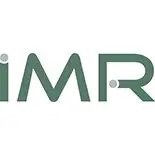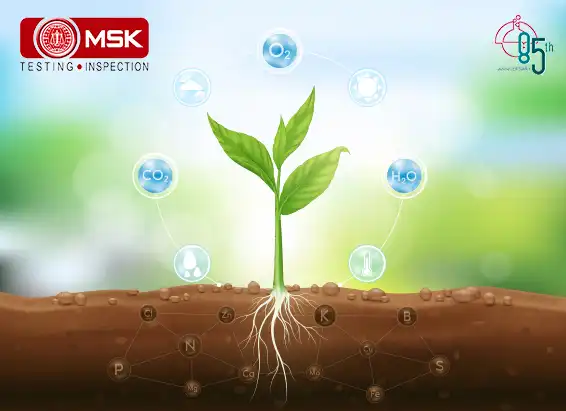
Once a lithium-ion battery is retired, the batteries can be collected, fully discharged, then shredded and base metals are separated for recycling. This shiny, metallic mixture that is called ‘black mass’ is a mixture of valuable metals including lithium, manganese, cobalt and nickel. The typical black colour is due to the high concentrations of graphitic Carbon. The black mass can be used as a secondary source of critical elements like cobalt, lithium and nickel and goes with the concept of “Urban Mining’. Consequentially reliable quality control analytical methods are needed to quantify the composition of the material.
The exact composition of black mass can vary considerably based on a number of factors. The samples received in our laboratory have an approximate composition of 18-25% cobalt, 4% nickel, 2% copper, 3-4% lithium, 10% manganese, 1% iron, 1-2% aluminium and the remaining are carbon mainly.Currently, no industry standard methods exist for the determination of elements in black mass samples. However, acid digestion followed by inductively coupled plasma optical emission spectroscopy (ICP-OES) is the method of choice adopted by the laboratories dealing with the ‘black mass’ samples. A very low amount of sample is acid digested in aqua regia and filtered to remove any undigested carbon and volume made up to the mark with de-ionized water. A digest blank is also prepared. The digested samples were further diluted as required for the analysis of high concentration elements (Co, Cu, Li, Fe, Ni, Mn, Al). The external calibration standards and quality control samples were prepared in the same acid matrix as the samples. As this method could not ensure complete acid digestion of a high carbon sample, perchloric acid fuming was performed following aqua regia digestion that removes the requirement of filtration by obtaining a clear solution. However, this development could not eliminate dilution error as for high percentage of cobalt even hundred times dilution could be necessary sometimes. Furthermore, a very low sample weight poses the challenge of proper representation of the bulk and possible heterogeneity.
To tackle all these challenges, we tried to develop a gravimetric method for estimation of cobalt in black mass as gravimetry is the most accurate measurement process for elements of high concentration. The usual gravimetric method for cobalt estimation is to use α-nitroso-β-naphthol but it also co-precipitates ions like iron(III), palladium, copper and zirconium from slightly acidic solutions, and partially precipitates tin, silver, bismuth, chromium(III), titanium, tungsten(VI) and vanadium(V). Hence a modification was required without having to separate cobalt preliminarily or performing fluoride treatment on the final sample solution to mask iron.
Methodology:
0.5g of the black mass sample was dissolved in 20ml of 1:1 hydrochloric acid and 2ml nitric acid, followed by addition of 10ml perchloric acid and kept in fuming condition for an hour. After that 20ml of 5% hydrochloric acid was added to the solution, filtered and diluted to 500ml in a volumetric flask.2g of the α-nitroso-β-naphthol was dissolved in 50ml of 1:1 glacial acetic acid, heating to 80℃ and 15ml of 20 Vol hydrogen peroxide and 15ml of syrupy phosphoric acid was added to it followed by digestion at 80℃ for 25 min. The solution was cooled, 20ml ethanol was added, stirred and filtered. The reagent should always be freshly prepared before use. The reagent preparation process is modified here whereby phosphoric acid acted as a masking agent for iron(III) and hydrogen peroxide was used as an oxidizing agent to stabilize the chelate complex.20ml of sample solution was pipetted and diluted to 30-40ml with 5% HCl, then heated to 70℃ and slowly 30ml of reagent solution was added. A reddish brown precipitate of cobalt(III)-1-nitroso-2-naphtholate (a chelate complex) was formed. This was stirred well and allowed to stand for 10 min, then filtered into a dried and pre-weighed Gooch crucible, washing first with 5% HCl and then with distilled water. The crucible is dried at 110℃ till constant weight and the % Co was calculated using the molecular formula of the complex. The same process was repeated and the precipitate of cobalt(III)-1-nitroso-2-naphtholate was filtered into Whatman Grade 41 filter paper, washed and ignited at 960-980℃. This cobalt oxide was dissolved in 10% nitric acid, volume made upto 250ml and the solution was tested for presence of trace elements by ICP-OES.
RESULTS AND DISCUSSIONS:
Four previously analysed samples of black mass were considered as test samples, and the above mentioned methodology was performed to make a comparison between the Gravimetric and spectrophotometric analysis. The cobalt percentage was determined by using conversion factor from the actual weight of the precipitate of cobalt(III)-1-nitroso-2-naphtholate. The five interfering metals aluminium, iron, copper, manganese and nickel were also analysed as trace elements from ICP-OES.
|
SAMPLE ID |
%Co (Gravimetry) |
%Co (ICP-OES) |
|
Sample 1 |
23.00 |
24.00 |
|
Sample 2 |
24.20 |
25.00 |
|
Sample 3 |
20.65 |
21.30 |
|
Sample 4 |
20.70 |
22.00 |
|
Sample ID |
% Al |
% Fe |
% Cu |
% Mn |
% Ni |
|
Sample 1 |
0.01 |
0.0054 |
0.008 |
0.001 |
0.010 |
|
Sample 2 |
0.009 |
0.01 |
0.009 |
0.05 |
0.011 |
|
Sample 3 |
0.0088 |
0.012 |
0.01 |
0.07 |
0.012 |
|
Sample 4 |
0.001 |
0.012 |
0.011 |
0.04 |
0.008 |
From the results it is observed that the cobalt percentage estimated gravimetrically is approximately one percent lower than the values obtained from ICP-OES. This trend can be justified in line with the dilution error associated with the high dilution of samples during spectrophotometric analysis. Furthermore, we can safely conclude here that no interfering metals were co-precipitated alongside cobalt in this process as the total trace percentage is very low (<0.1%) and can be easily neglected. A preliminary separation of cobalt is not required and the problem of dilution error can be eliminated as well. The manual method is inexpensive and can be easily replicated in laboratories without high end instrument facilities. Hence, we can conclude that the gravimetric estimation of cobalt in black mass is a simple, rapid, easily achievable and reproducible method.
Contributed by Olivia Datta and Arijit Goswami Under the guidance of Barun Kumar Gupta


Chief Operation, FAMD, Tata Steel Limited..


Sr. General Manager,, Emirates Trading Agency L.L.C..


Mines Manager, Hindustan Zinc Limited, a Vedanta Company.


General Manager, Stevin Rock L.L.C..


Executive Vice President (Works),, DCW Limited.


AVP – Coal Quality & Sales Compliance Head,, PT Indo Tambangraya Megah Tbk (BANPU).

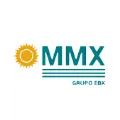
Laboratory Head, MMX.


Shipping Administrator, Mount Gibson Iron Limited.


Senior Director – Asia Pacific Iron Ore Sales,, Cliffs Natural Resources Pty Ltd..

Posted on April 30 2024 By Mitra S.K ADMIN
Read More
Posted on April 29 2024 By Mitra S.K ADMIN
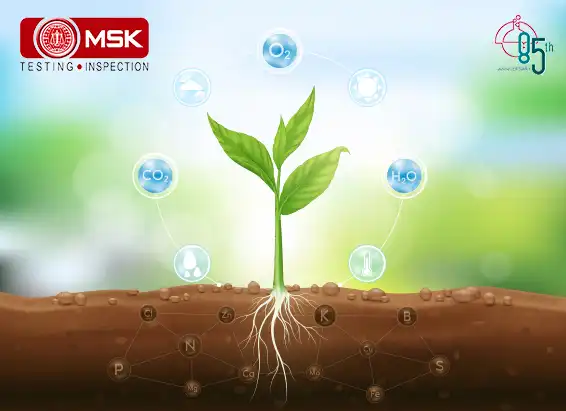
Posted on December 30 2023 By Mitra S.K ADMIN

Posted on December 30 2023 By Mitra S.K ADMIN
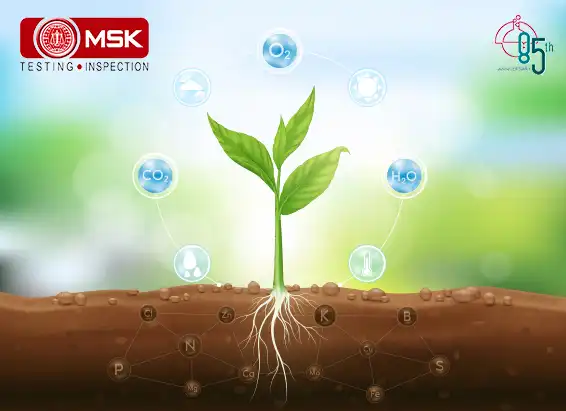
Posted on December 30 2023 By Mitra S.K ADMIN
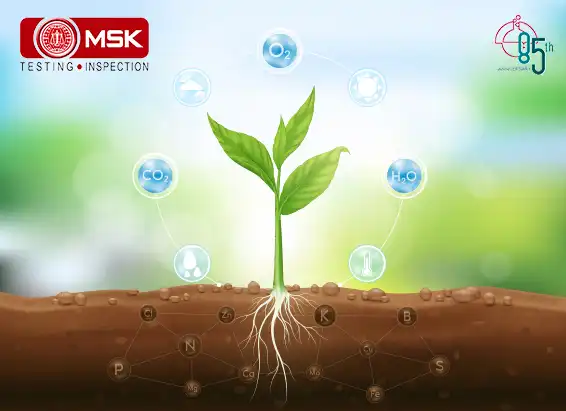
Posted on December 27 2023 By Mitra S.K ADMIN
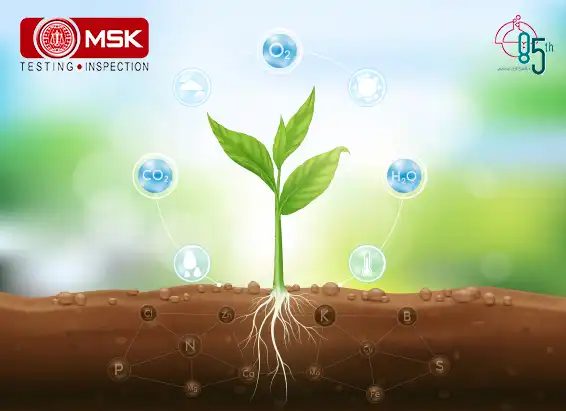
Posted on December 27 2023 By Mitra S.K ADMIN
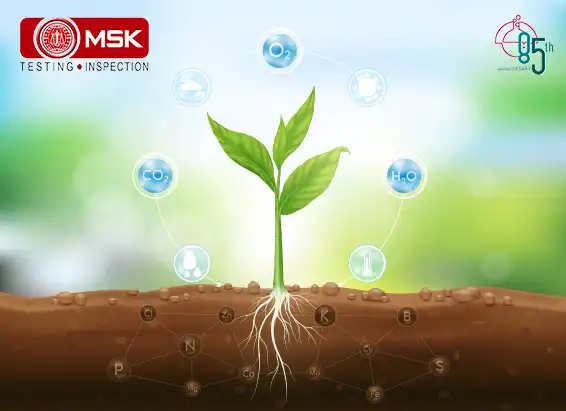
Posted on December 27 2023 By Mitra S.K ADMIN
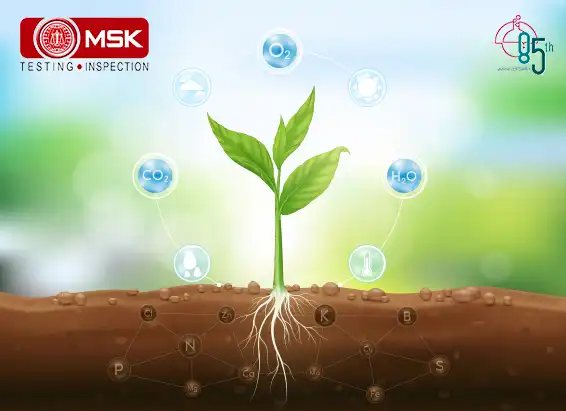
Posted on December 27 2023 By Mitra S.K ADMIN
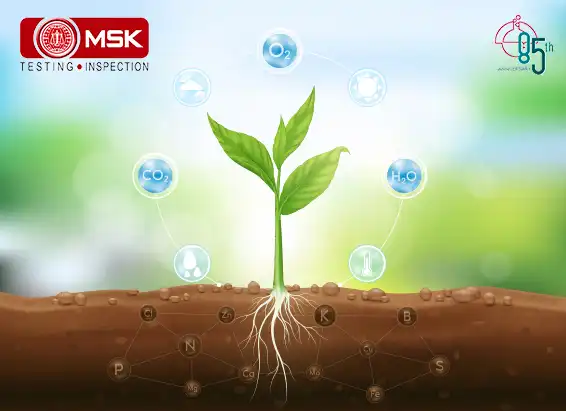
Posted on December 27 2023 By Mitra S.K ADMIN
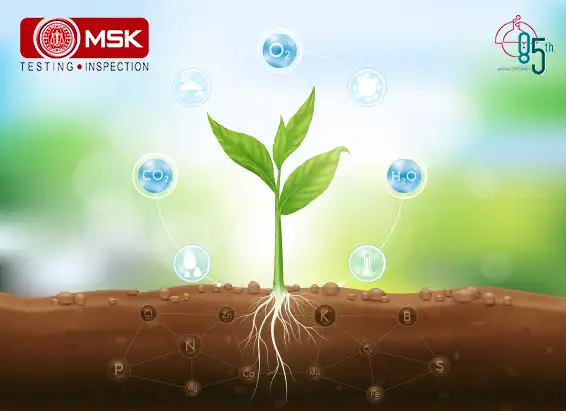
Posted on December 27 2023 By Mitra S.K ADMIN
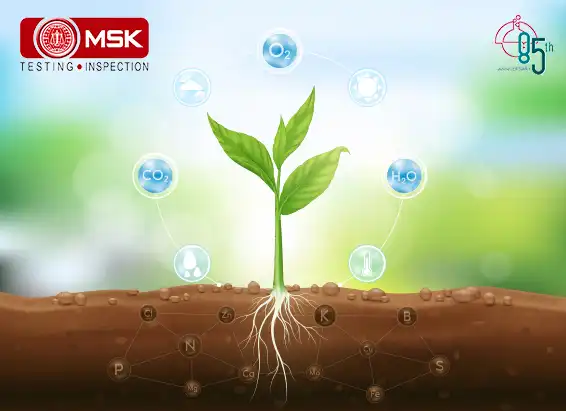
Posted on December 27 2023 By Mitra S.K ADMIN
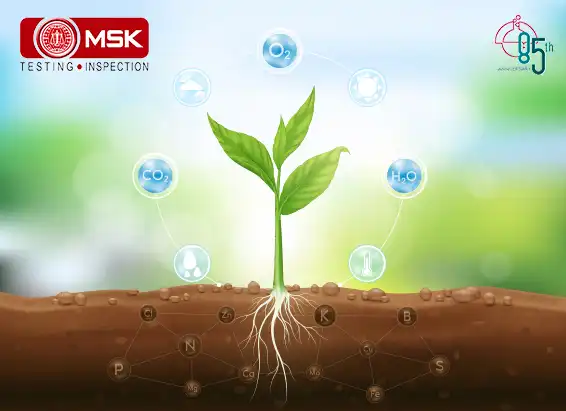
Posted on December 26 2023 By Mitra S.K ADMIN
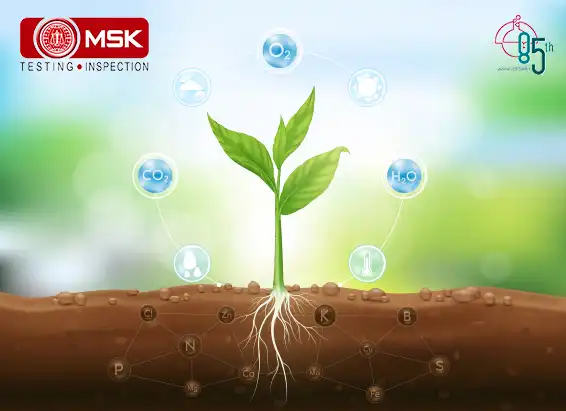
Posted on December 09 2022 By Mitra S.K ADMIN
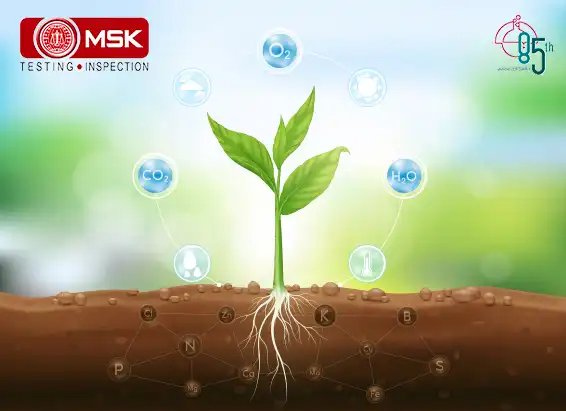
Posted on December 02 2022 By Mitra S.K ADMIN
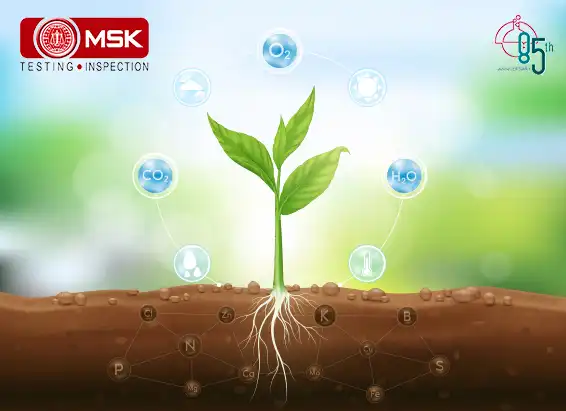
Posted on December 02 2022 By Mitra S.K ADMIN
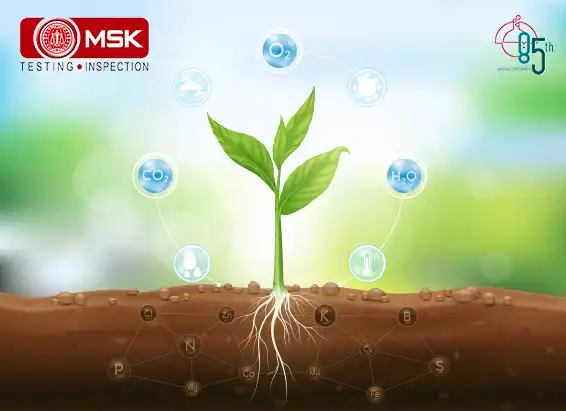
Posted on December 02 2022 By Mitra S.K ADMIN

Posted on December 02 2022 By Mitra S.K ADMIN
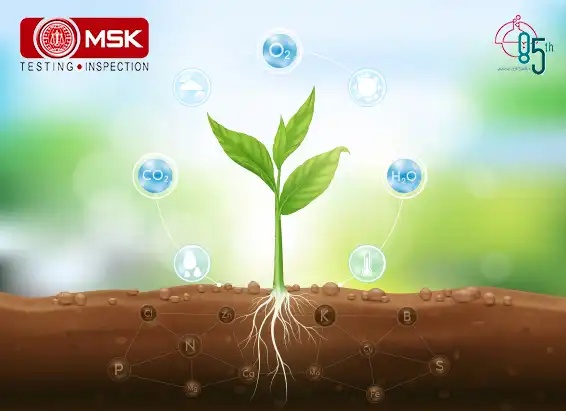
Posted on December 02 2022 By Mitra S.K ADMIN
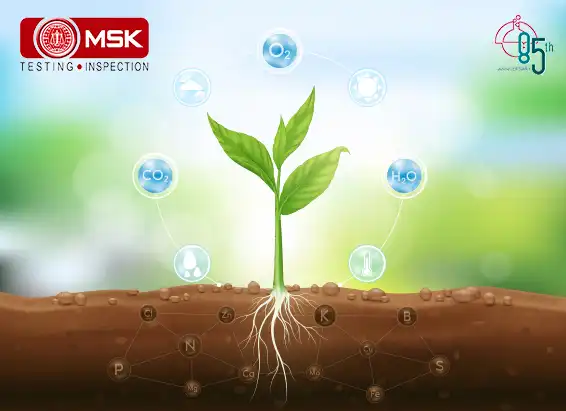
Posted on December 02 2022 By Mitra S.K ADMIN
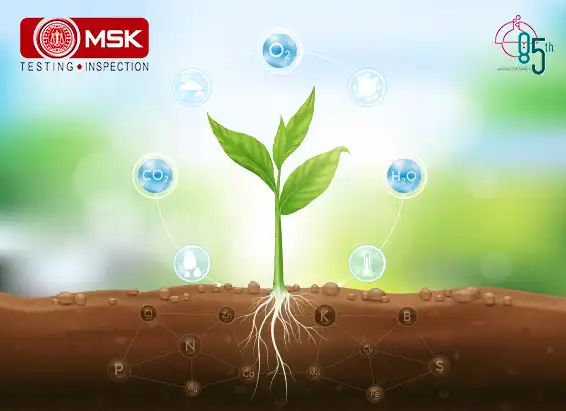
Posted on December 02 2022 By Mitra S.K ADMIN
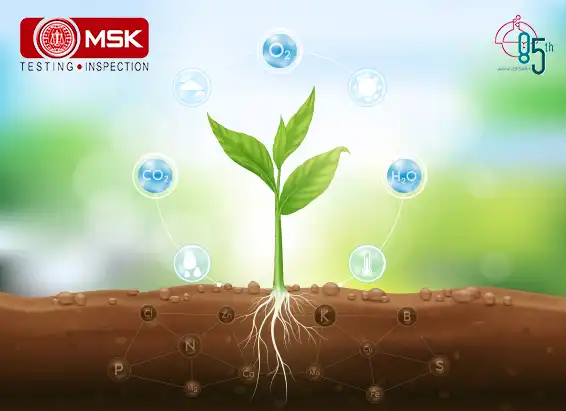
Posted on December 02 2022 By Mitra S.K ADMIN
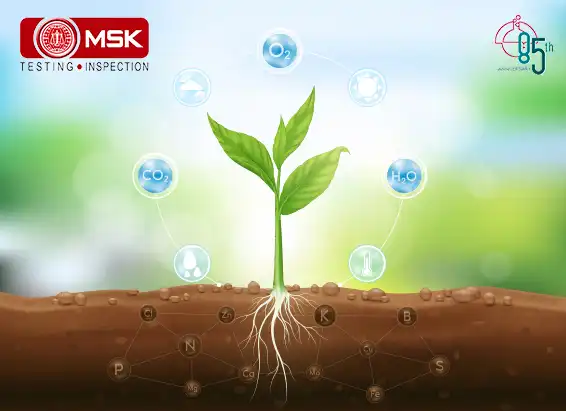
Posted on December 01 2022 By Mitra S.K ADMIN
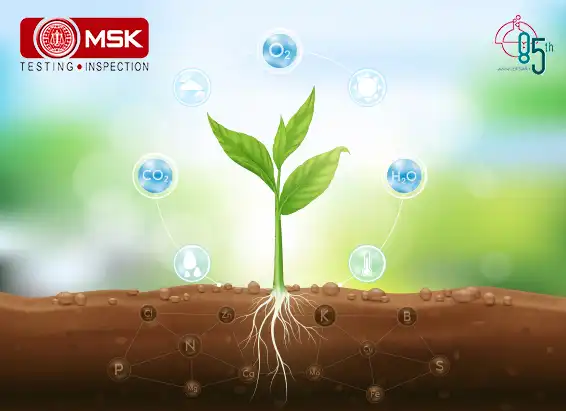
Posted on December 01 2022 By Mitra S.K ADMIN
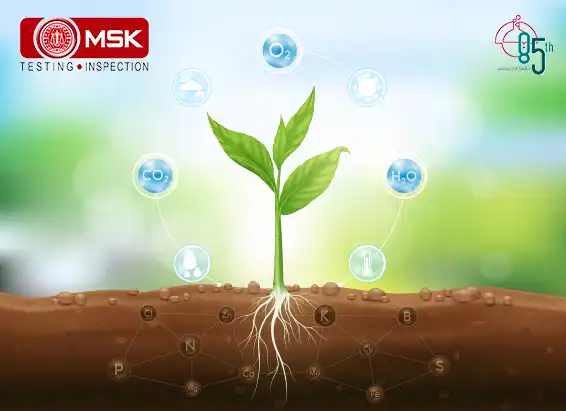
Posted on December 01 2022 By Mitra S.K ADMIN
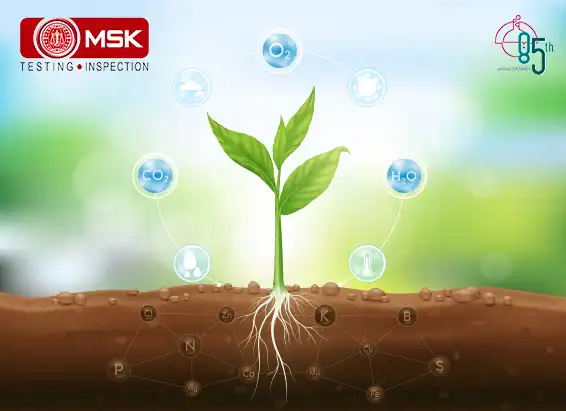
Posted on December 01 2022 By Mitra S.K ADMIN
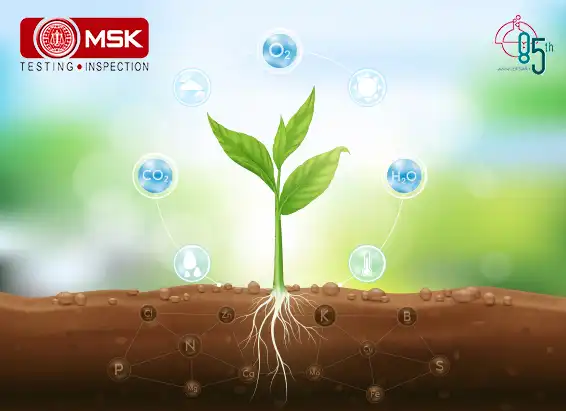
Posted on November 30 2022 By Mitra S.K ADMIN
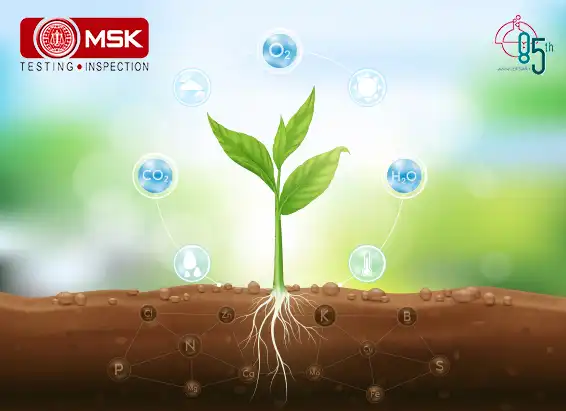
Posted on November 30 2022 By Mitra S.K ADMIN
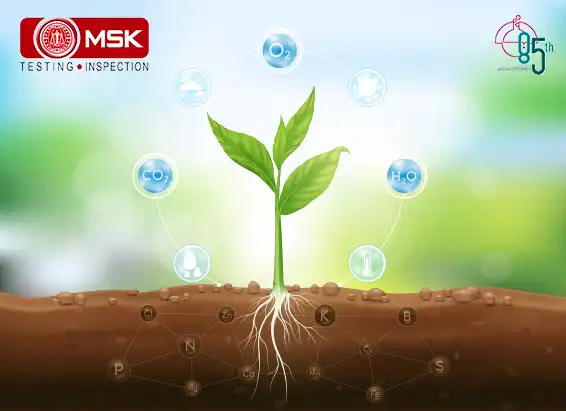
Posted on November 30 2022 By Mitra S.K ADMIN
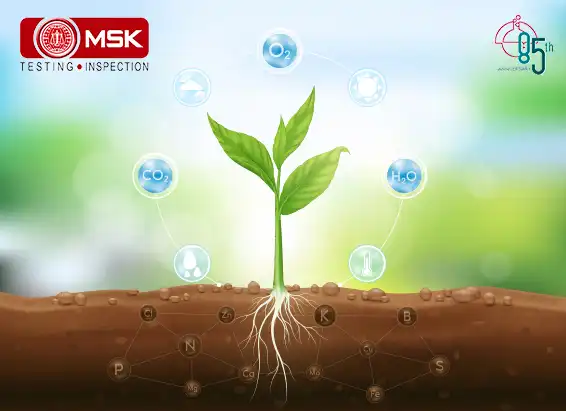
Posted on November 30 2022 By Mitra S.K ADMIN
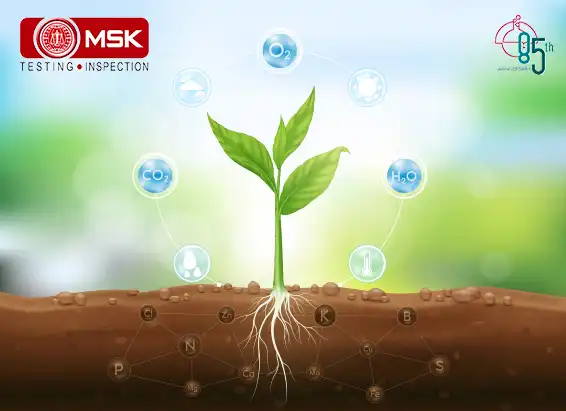
Posted on November 30 2022 By Mitra S.K ADMIN
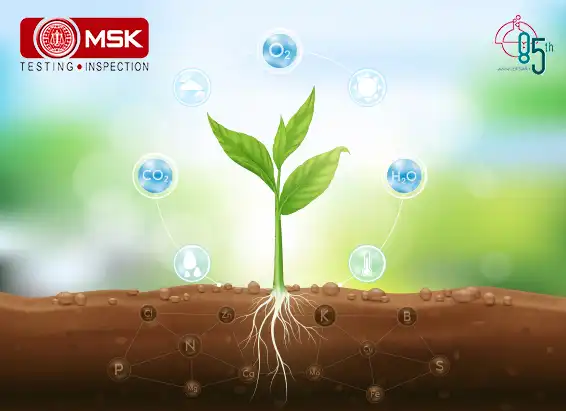
Posted on September 27 2022 By Mitra S.K ADMIN

